Living Jainism
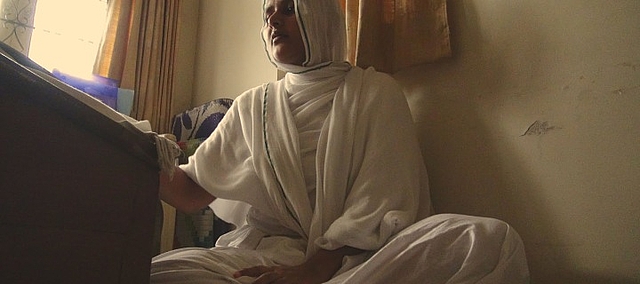
Text and photographs: Sweta Daga
Awakening
In September 2014, we met a young svetambara nun, Sadhvi Risabh Ratna. At 29 years old, she took diksha almost four years ago. Currently she is working on her Ph.D on the subject of Jain yoga.
Her spiritual journey, however, started much earlier.
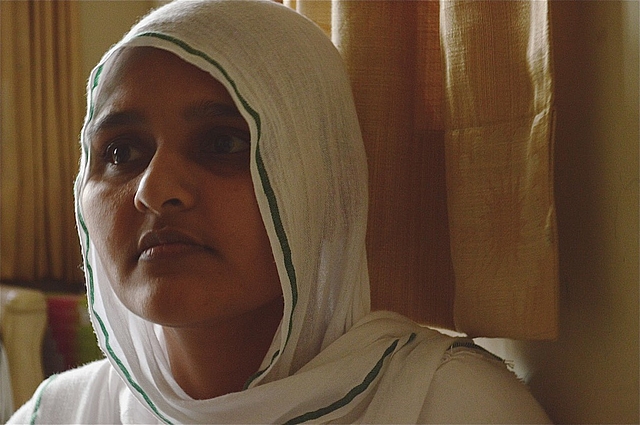
She explained that she never felt like she belonged in society and her normal life was not bringing her the peace and happiness. At the age of 15 in her hometown of Nellore, Andhra Pradesh, she met a woman who would change her life.
Sadhvi Rishab Ratna recalled “I met her at our religious pathshala, or school. At that time, she was about to take diksha. She told us about the cycle of life, about karma or actions and about our atmas or souls.
I felt awakened by her words - she was giving my inner soul a voice; she said everything I was feeling but wasn’t able to say.
She is now known as Sadhvi Lalitang Priya and is living in Rajasthan.”
With solidarity from these meetings, Rishabh Ratna decided to become an ascetic. Her family did not think she was old enough to take such a drastic decision.
A misfit in the world
With a small parable, sadhviji explained how easy it is to be misunderstood by those who value material life over inner experiences.
“There was once a village where every person was blind. Even the children that were born there were blind. Finally, a child was born with sight. He would describe things that he would see, but the villagers thought that there was something wrong with him. They took him to the village doctor.
The doctor, also used to their own reality concluded that the problem was his eyes and proceeded to gouge them. Then the child became like everyone else.”
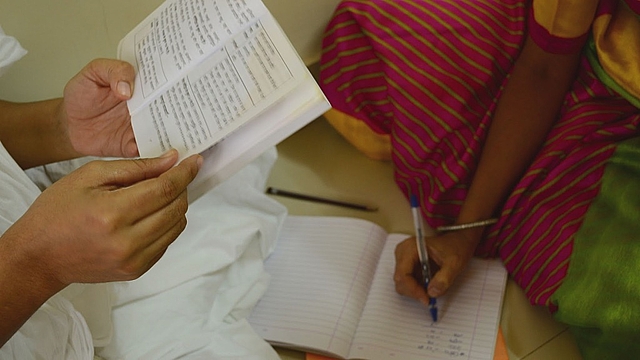
“Similarly,” she explained, “when you’re in a materialistic society and you get spiritual sight, people don’t understand why you only want to talk about the soul.
I have internal peace that can’t be explained. It can only be felt. The material happiness we chase after is only fleeting but the real, everlasting happiness can only be found internally. You have to look for it.”
When asked about the contradictions between these ideas and mainstream life and philosophy, she said “We don’t know the absolute truth so one must accommodate contrary viewpoints in an appropriate way. It is through the idea of anekantavada, or multiple viewpoints, that we try to understand each other.”
Rejecting luxury
“I was so clear in my decision I felt like I was wasting my life in these traditional social circles. I had many questions about who I was and where I was going.”
Her parents tried to change her mind, but she ran away from home. Eventually, she did return, though still resolute on her decision to become an ascetic.
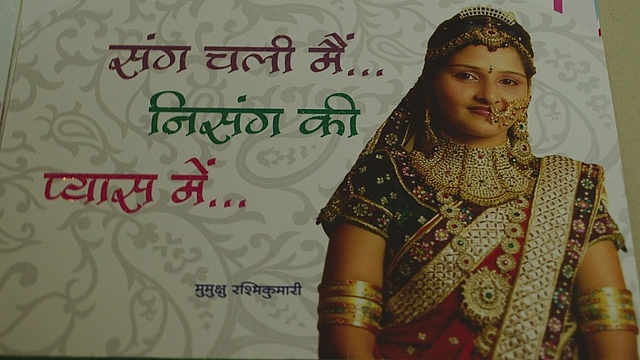
“It’s not that I made this decision because of a disappointment in life, or a hard life, I actually had everything I needed - I came from a wealthy family, I had a good relationship with all my relatives, I was even an award winning dancer - I had all the luxuries and opportunities in life, but I still wasn’t happy.”
Finally, she took diksha at the age of 25 after getting consent from her parents.
Unconditioned love
“I did work hard for this life, but I feel that once you’ve taken diksha, you are free.
Even now, when my mother comes to visit me, she will cry. She is still attached to me, but I have left that life and I don’t feel like I am missing anything. Ascetics are still very much part of a social thread, and we have the love and care of thousands of Jain families instead of just one which was once our own.
Why should I love one when I can love many?”
Sadhvi Risabh Ratna further articulated the idea of attachment in Jain philosophy. “When a Jain family pays respect to the ascetics, it is a form of vayaccha, or selfless service, that they do because of their shradda or devotion. It is not something they do with hopes of receiving something in return; it is not transactional, it is unconditional.”
The heart of a woman
We asked her if being a woman ascetic is any different from being a male ascetic.
“Only your atma or soul, which is genderless, is influenced by your karma, so in the end, it doesn’t matter if you’re a man or woman, you can achieve kevalgyan or omniscience. People can even achieve it if they’re not Jains, even if they’re not ascetics; you just need a pure heart.”
Sadhvi Rishabh Ratna explained that to her the differences were only limited to physical and functional ones.
“Though,” she adds, “as sadhvis, we cannot go out on our own for sadhana, or pursuit. I wish I could do it, but you can only travel or meditate together with other women, because there is fear for the physical safety of a woman.
My wish in the next life would be to be born in a man’s body but with the heart of a woman, because usually only a woman is able to lose herself completely in love and devotion.”
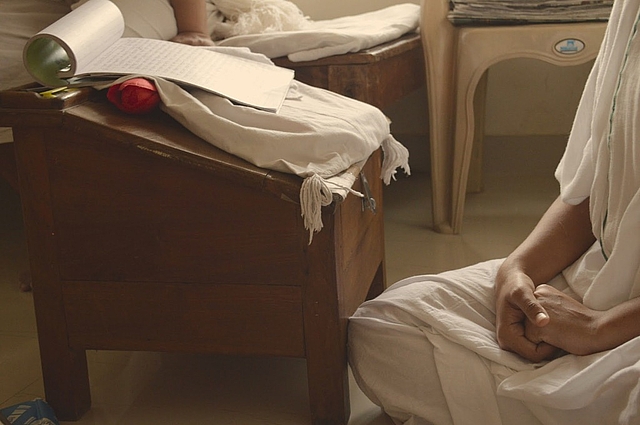
“A woman can love more deeply because she can give herself with abandon.
For example, in society she is the one who forgets everything, changes her name, and leaves everything for her husband.
Only a woman could do that.”
